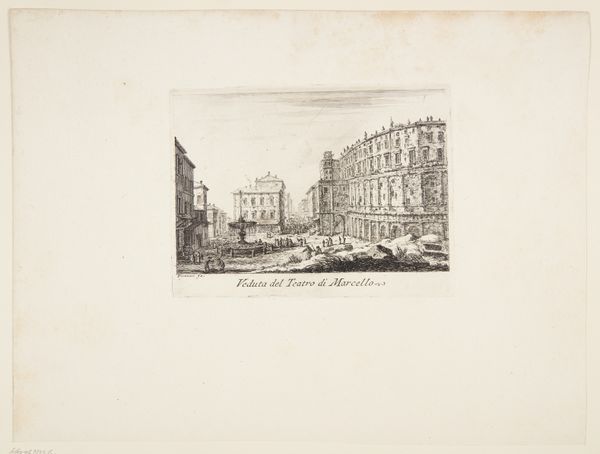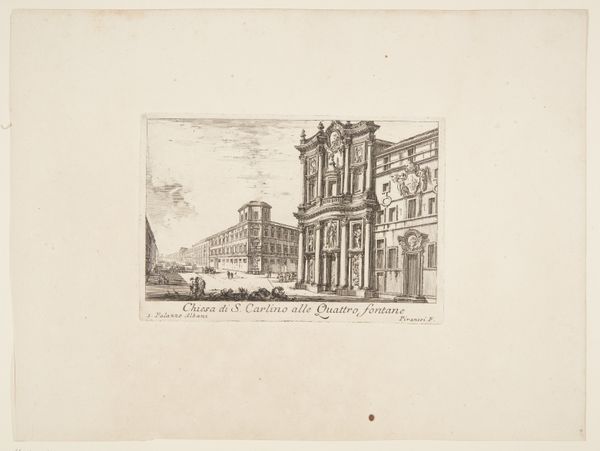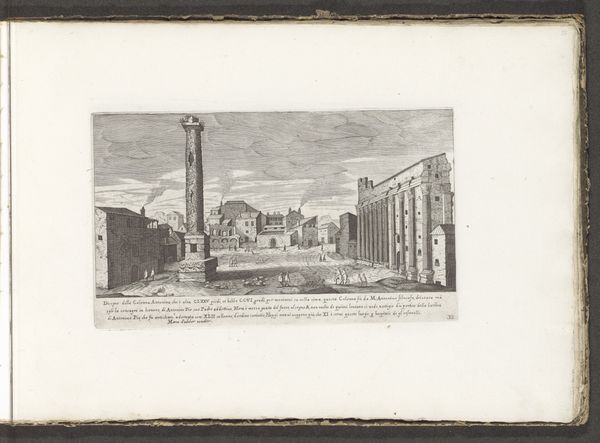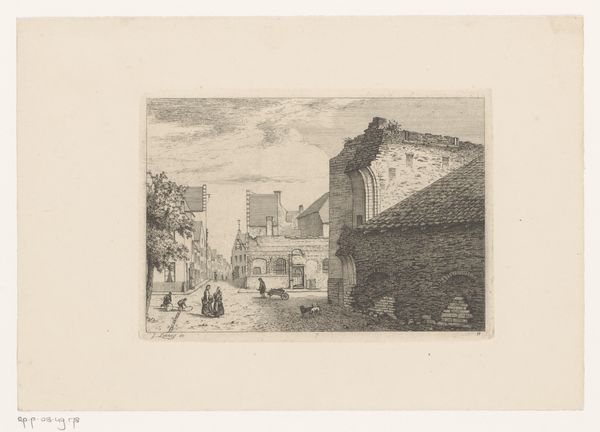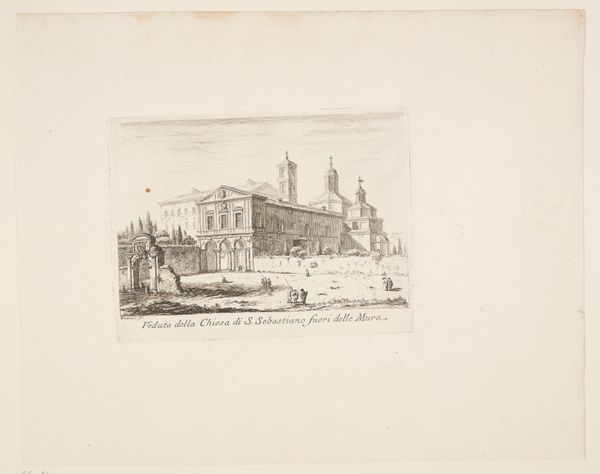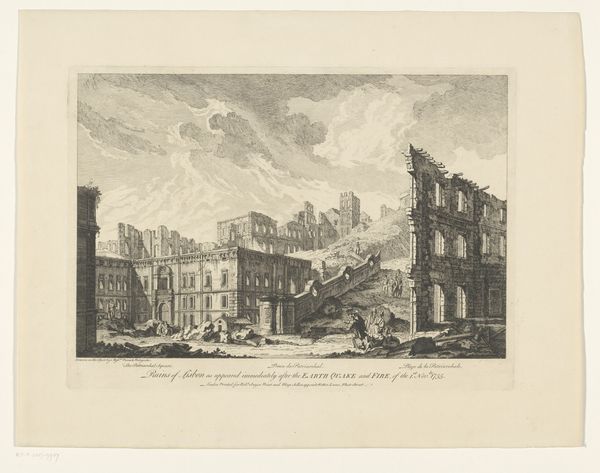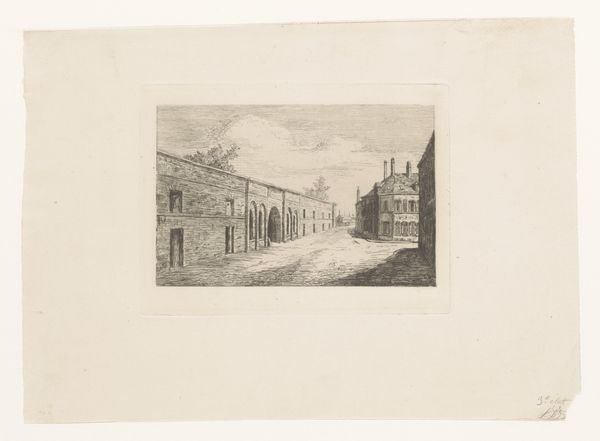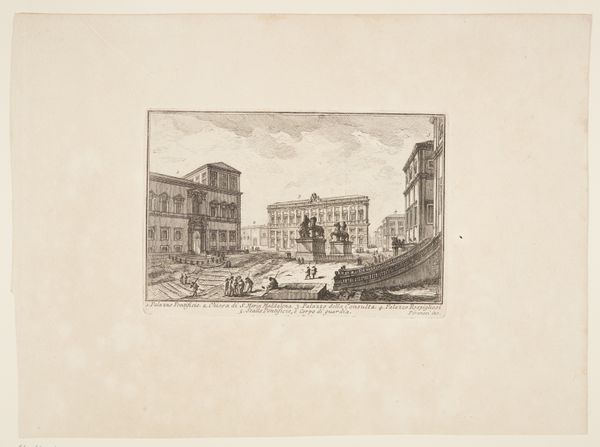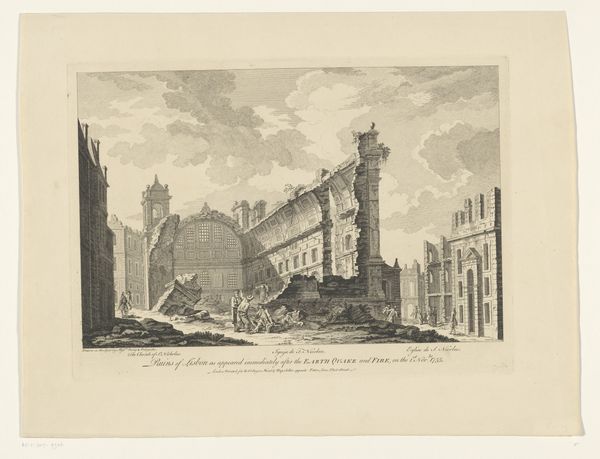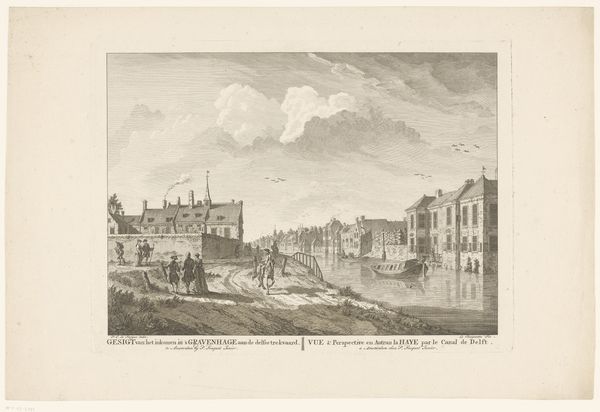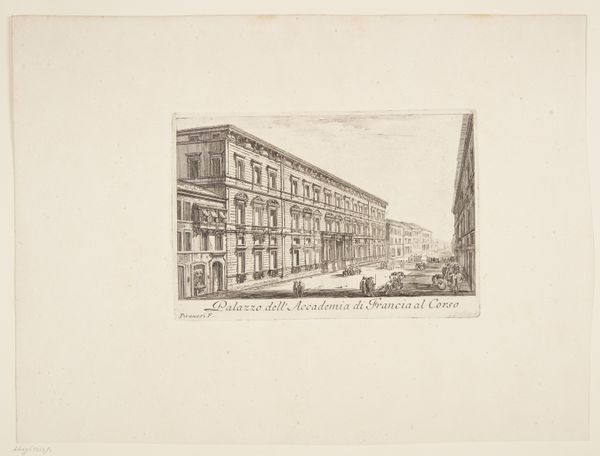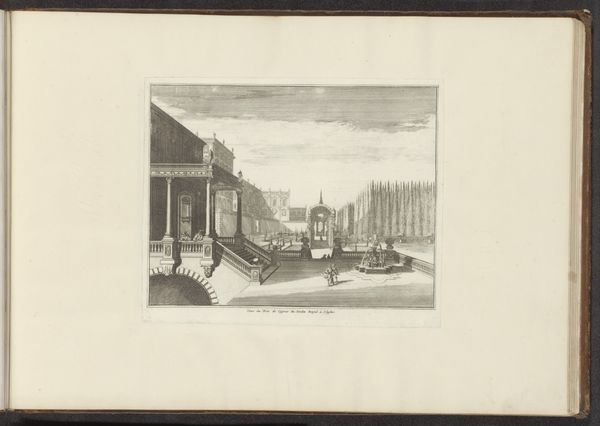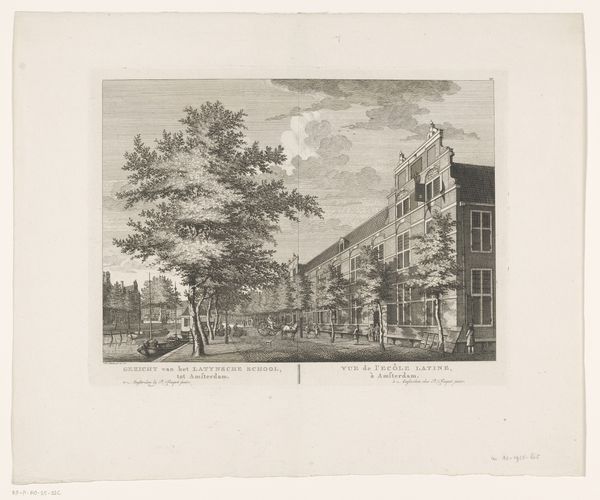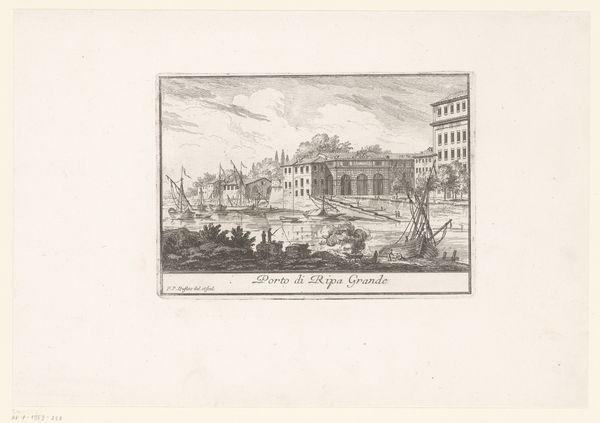
print, etching
# print
#
etching
#
landscape
#
etching
#
cityscape
#
history-painting
Dimensions: height 284 mm, width 400 mm
Copyright: Rijks Museum: Open Domain
This print shows the Ruïne van de Pauluskerk in Lisbon after the earthquake of 1755, and was likely made shortly thereafter. It's an etching, meaning the artist would have coated a metal plate with wax, drawn into it with a sharp needle, and then bathed the plate in acid. The acid bites into the exposed metal, creating lines that hold ink. The printmaker then wipes the surface clean, leaving ink only in the etched lines, and presses it onto paper. Look closely, and you can see the characteristic crispness this process allows. It lends a documentary quality to the image, as if to record the devastation with journalistic precision. Yet, the artistry lies in the controlled application of line and tone, transforming the raw scene into a composed reflection. This image is a reminder that even in the face of natural disaster, the human impulse to create endures. The print serves as a record, but also as a testament to the human spirit—a potent reminder of resilience amid ruin.
Comments
No comments
Be the first to comment and join the conversation on the ultimate creative platform.
